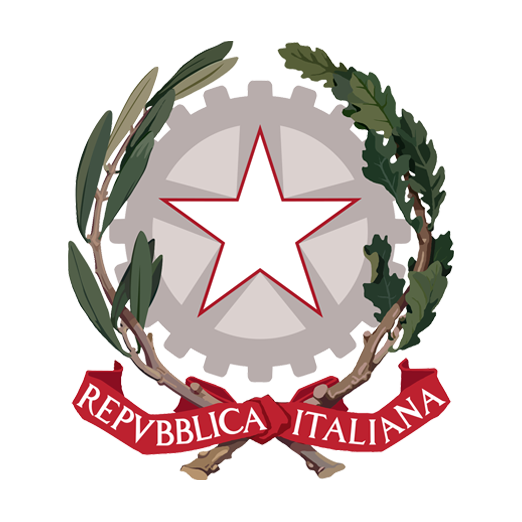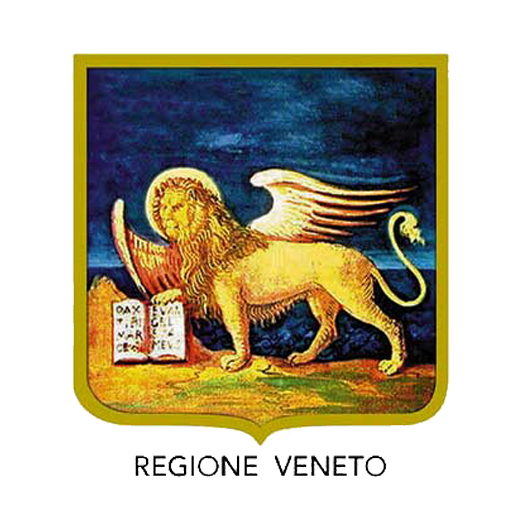Basilica di S. Maria delle Grazie
Via Principe Umberto, 55
Arriving in Este, the majestic dome of the Basilica of Santa Maria delle Grazie is undoubtedly the first element that attracts the visitor's attention, together with the towers of the Carrarese Castle. Symbol par excellence of the Euganean town, the basilica contains over five hundred years of history. The valiant leader Taddeo d'Este (1384-1448), son of Azzo X d'Este, in his first will of 1434, established an income for the church of San Francesco and a substantial donation to the Dominican Order for the construction of a convent and a church dedicated to the Holy Virgin Mary, inspired by the Abbey of Carceri. After Taddeo's death, the church project was started by the Republic of Venice, since his son died prematurely, thus preventing the fulfillment of his father's will. The church was consecrated in 1479, taking the title of Santa Maria delle Grazie in honor of the miraculous Byzantine panel that was placed there. The original architectural structure remained intact for about two centuries, but over time the interior underwent changes in the decorations and sacred furnishings. In the seventeenth century, the apse was enlarged to ensure better visibility of the icon, and a new wooden choir in finely decorated solid walnut was built. Two side chapels were also added to the south wall of the nave. Despite these interventions, the church was still too small, so the Dominican Fathers decided to build a new church, which was completely rebuilt starting in 1717 (the bell tower and dome date back to the nineteenth century). Today, the Basilica of Santa Maria delle Grazie houses six altars distributed in as many chapels. The ceiling, frescoed with angelic figures and floral motifs, is illuminated by stained glass windows, creating fascinating plays of light. Inside you can admire numerous paintings and sculptures of great value, including the Altarpiece of San Domenico by Antonio Zanchi, a wooden cross of the Angel with the scroll of Scripture and the polychrome marble altar of the Blessed Sacrament. However, the most significant work, from which the church takes its name, is the Icon of Santa Maria delle Grazie. This panel of Cretan origin, brought from Constantinople and donated to the Dominicans, represents the Madonna and Child in Byzantine style, in the act of indicating the Son with her right hand, a symbol of guidance for the faithful. Also known as Odighitria (“She who shows the way”), the icon has been the object of centuries-old devotion by pilgrims, who venerated it asking for salvation from illnesses and natural disasters. Over the centuries, the image has been enriched with crowns and jewels donated by the faithful “for grace received”.






